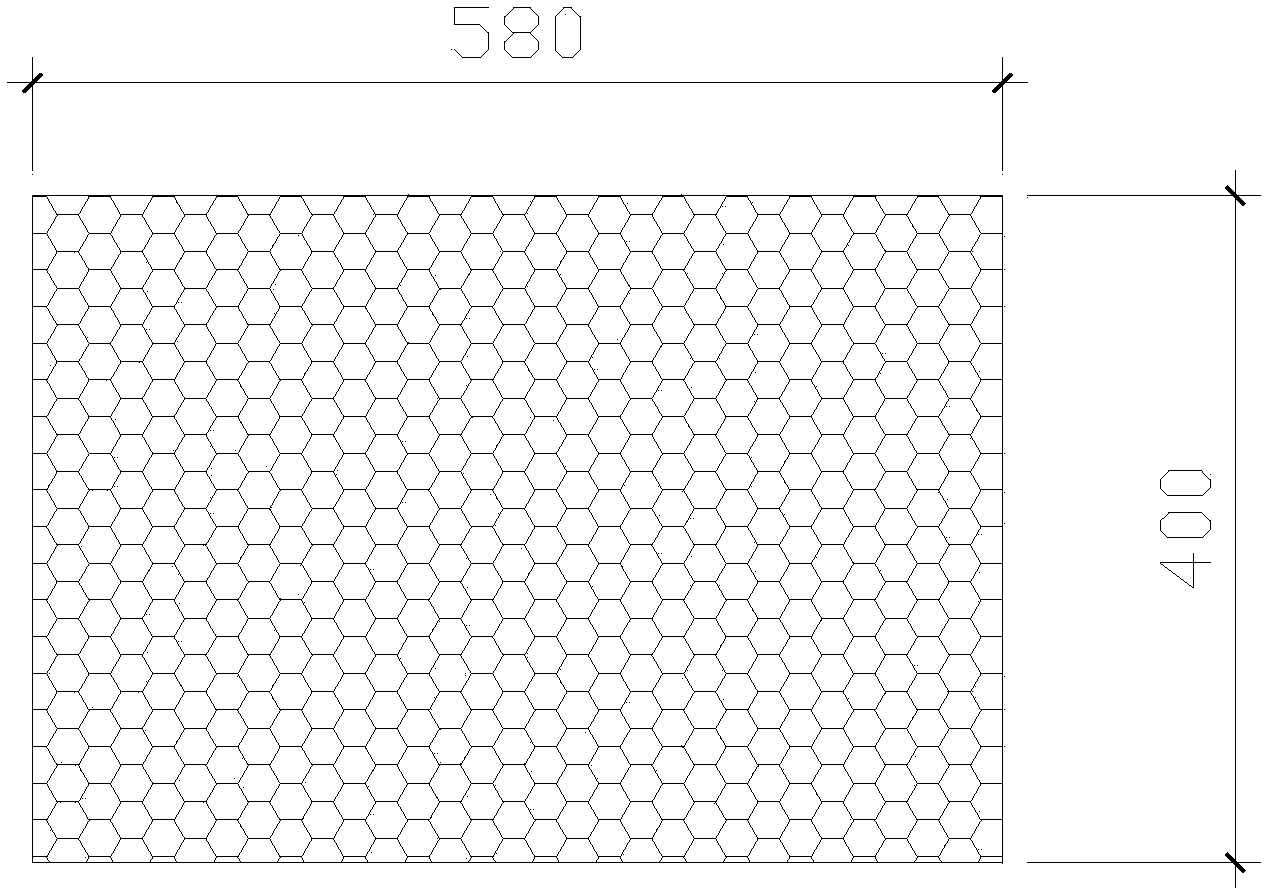Method for breeding or odontobutis obscurus
A technology of sand pond snakehead and net piece, which is applied in the application, climate change adaptation, fish farming and other directions, can solve the problems of sand pond snakehead fertilization rate, hatching rate and low fry survival rate, etc., so as to shorten the incubation period and improve the survival rate. , the effect of improving the hatching rate
- Summary
- Abstract
- Description
- Claims
- Application Information
AI Technical Summary
Problems solved by technology
Method used
Image
Examples
Embodiment
[0023] (1) Channa breeding
[0024] The invention relates to a breeding method of Channa chinensis, which comprises cultivating Channa gnats in parent ponds, focusing on breeding from March to the first ten days of April, and stocking sufficient freshwater shrimps and wheat ear carp.
[0025] When it comes to the breeding season, select mature parents, and match the male and female channa according to 1:1.2, using chorionic gonadotropin (HCG), luteinizing hormone releasing hormone analogue (LRH-A2) and dioconone maleate (DOM ) mixture is an oxytocic agent, HCG800IU+LRH-A210ug+DOM5mg per kilogram of female Channa nama, and the male dose is halved.
[0026] The water temperature in the spawning pond is controlled at 19°C-21°C, and the spawning ponds are placed in the spawning pond. n+2 oviparous ovaries are arranged in the spawning pond, where n is the number of female snakeheads, and the ovaries are placed horizontally in the spawning pond In the spawning pool, place the overl...
PUM
 Login to View More
Login to View More Abstract
Description
Claims
Application Information
 Login to View More
Login to View More - R&D
- Intellectual Property
- Life Sciences
- Materials
- Tech Scout
- Unparalleled Data Quality
- Higher Quality Content
- 60% Fewer Hallucinations
Browse by: Latest US Patents, China's latest patents, Technical Efficacy Thesaurus, Application Domain, Technology Topic, Popular Technical Reports.
© 2025 PatSnap. All rights reserved.Legal|Privacy policy|Modern Slavery Act Transparency Statement|Sitemap|About US| Contact US: help@patsnap.com



